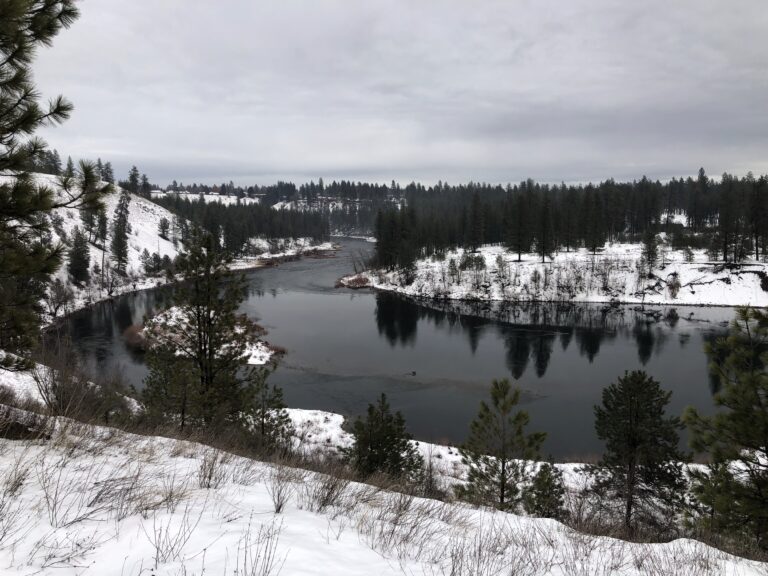Deep Economy
Bill McKibben
Henry Holt, 2007, 272 pages
In December Sorbonne students protested the disconnect between economic theory and reality. Their disillusion is palpable every time the Fed howls its quarterly screed: cast the interest rate net, cage the inflation beast, and the economy will grow. What of the export of manufacturing jobs, underemployment, debt, income inequities, and the currency crisis? Ensconced in Oz what need is there to despair of the tempest in Kansas? It would inhibit investments if the Fed and its minions dwelled on these economic realities. For these plutocrats perception is market reality.
In Deep Economy Bill McKibben argues that the pervasive economic paradigm has conglomerated and globalized production at the expense of labor, touted over-consumption as virtuous, hyper-individualized and privatized life to the detriment of social relations and civic vitality, degraded the environment-the effluence of affluence, and thus has not created the greatest good for the greatest number. This model, premised on infinite growth in a finite material world, is depreciating our lives.
McKibbon’s alternative: consumers patronize emerging local economies. These economies are “deeper”, more “durable” than the fragile capitalism-on-steroids behemoths that forage a global Dickensian landscape for cheaper resources.
This analysis should be familiar. Recall Nobel-prize winning economist E.F. Schmacher’s 1973 work Small is Beautiful-Economics as if People Mattered. What saves McKibben’s work from wonk is that his data is punctuated by anecdotes, humor, and working models. This engaging book transforms the dismal science into a meaningful activity that will matter to all people.
McKibbon relies on supply and demand mechanisms to transition into these localized economies. The market works if competition is robust, the playing field level, the fruits of production more evenly distributed, and wages sufficient to sustain down-sized consumption. McKibbon challenges the mantra that more is better by purporting a prevalence of affluenza-diminishing psychological returns as consumption increases. He takes on subsidies and economies of scale that allow agribusinesses like Cargill and ADM to dominate markets at the expense of small farmers, natural soil fertility, and public health. Yet he is silent on how these policies are the pork of campaign financing. Enlightened self-interest in the market will not suffice to grow local economies. Political clout must be leveraged if these economies are to be viable. Outsourcing dissent to French undergrads is not an option.
John Hagney
Mountain Rescue Doctor: Wilderness Medicine in the Extremes of Nature
Christopher Van Tilburg
St. Martins Press, 2007, 293 Pages
Centering on intimate descriptions of dozens of “mountain” rescue events, Chris Van Tilburg’s Mountain Rescue Doctor, delves into many elements of adventure sports ranging from the adrenaline rush of adventure to the philosophy risk. Writing in clear, eminently readable prose Van Tilburg conveys both his love of outdoor activity and his passion for helping others via his rescue work.
Early on his career path in medicine, Van Tilburg knew he would not be a traditional doctor. A normal career in medicine would not allow enough time for family and the pursuit of outdoor activities central to his personal well-being: biking, climbing, snow boarding, running. As an emergency room doctor, Van Tilburg found the career that provided an outlet for two of his life’s major driving forces, time for outdoor activities and the ability to provide a valuable public service. In addition to his ER work, providing medical support for the Hood River, Oregon, Crag Rats affords Van Tilburg an avenue to both public service and outdoor activity.
Reading Mountain Rescue Doctor, will cause you to think more deeply about your own outdoor activities. You may ask yourself if the rush you get is in balance with the risk that causes the jubilation. You may think more about the danger faced by rescuers setting out to bring you back injured. You cannot help ask yourself what impact your activities have on your family life or your family if you do not return; Van Tilburg ponders that question frequently. Though Mountain Rescue Doctor details the hazards of outdoor activity, Van Tilburg carefully balances the risks of adventure with the joys of outdoor recreation. He frequently notes that in his “day job” in the emergency room, he sees severe trauma caused by non-recreational activities; car accidents, falls in the home and sudden catastrophic illness pose risks too. Mountain Rescue Doctor will leave you excitedly awaiting your next adventure, and a little more conscientious and cautious while enjoying it.
Stan Miller
In Defense of Food: An Eater’s Manifesto
Michael Pollan
The Penguin Press, 2008, 230 pages
In Defense of Food seeks to inform readers about the food they eat. The mantra, “Eat Food. Not too much. Mostly plants” summarizes Pollan’s message. In The Omnivores Dilemma, Pollan traced the tortuous path food follows from field to table. In Defense of Food he dissects what we eat; parsing out what we add to and what we take from products like cereal grains, in the name of nutrition, to create what we call food. Pollan defines food simply, “If your grandmother wouldn’t recognize it as food, it isn’t.”
Pollan defends, as food, the stuff that comes directly from the farm and garden. He advocates for two changes in our eating habits. First, avoid eating processed food products especially those that claim to be “healthy.” Second, eat foods grown as close to home as possible. Pollan’s vision embraces sustainable eating as much as a healthy eating.
Pollan considers in great detail the science of nutrition and how it has led to looking at individual food components-nutrients-like carbohydrates, fats, vitamins, and a laundry list of others, rather than food itself. Further, nutrition science ignores the overall dietary regime in which food components are consumed. Pollan points out what good scientists know, examining the benefits and risks of individual nutrients ignores many potentially confounding factors; cause and effect relationships drawn are not valid. He debunks countless healthy eating myths fostered by what he refers to as “nutritionism.” More important than the limitations of nutrition science, is how journalists, the processed food industry and sellers of supplements have embraced the “nutrient as food” concept to encourage the public to follow its tenets.
Pollan brings us an important message. I am concerned that the message of his book may undermine the public’s faith in the larger body of “good” science. Our current view of climate change and other sustainability issues relies on similar science. Will Pollan’s criticism be used to weaken public trust in these conclusions too?
Stan Miller













